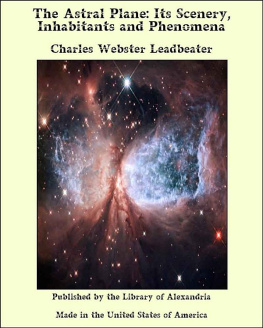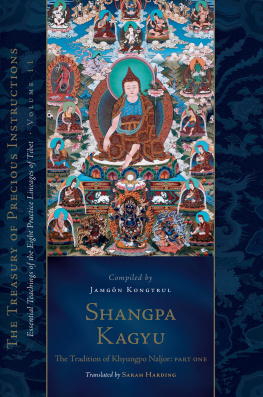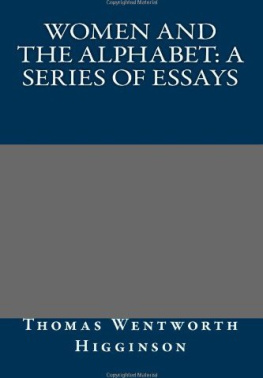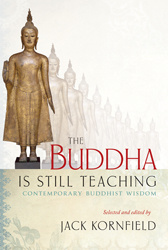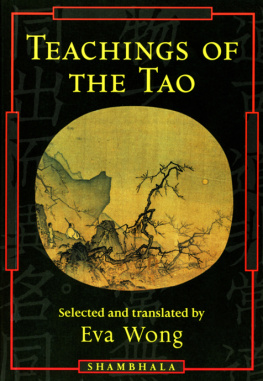PREFACE.
Few words are needed in sending this little book out into the world. It is the fifth of a series of Manuals designed to meet the public demand for a simple exposition of Theosophical teachings. Some have complained that our literature is at once too abstruse, too technical, and too expensive for the ordinary reader, and it is our hope that the present series may succeed in supplying what is a very real want. Theosophy is not only for the learned; it is for all. Perhaps among those who in these little books catch their first glimpse of its teachings, there may be a few who will be led by them to penetrate more deeply into its philosophy, its science and its religion, facing its abstruser problems with the student's zeal and the neophyte's ardour. But these Manuals are not written for the eager student, whom no initial difficulties can daunt; they are written for the busy men and women of the work-a-day world, and seek to make plain some of the great truths that render life easier to bear and death easier to face. Written by servants of the Masters who are the Elder Brothers of our race, they can have no other object than to serve our fellow-men.
INTRODUCTION
Reference to the astral plane, or Kmaloka as it is called in Sanskrit, has frequently been made by Theosophical writers, and a good deal of information on the subject of this realm of nature is to be found scattered here and there in our books; but there is not, so far as I am aware, any single volume to which one can turn for a complete summary of the facts at present known to us about this interesting region. The object of this manual is to collect and make some attempt to arrange this scattered information, and also to supplement it slightly in cases where new facts have come to our knowledge. It must be understood that any such additions are only the result of the investigations of a few explorers, and must not, therefore, be taken as in any way authoritative, but are given simply for what they are worth. On the other hand every precaution in our power has been taken to ensure accuracy, no fact, old or new, being admitted to this manual unless it has been confirmed by the testimony of at least two independent trained investigators among ourselves, and has also been passed as correct by older students whose knowledge on these points is necessarily much greater than ours. It is hoped, therefore, that this account of the astral plane, though it cannot be considered as quite complete, may yet be found reliable as far as it goes.
The first point which it is necessary to make clear in describing this astral plane is its absolute reality. Of course in using that word I am not speaking from that metaphysical standpoint from which all but the One Unmanifested is unreal because impermanent; I am using the word in its plain, every-day sense, and I mean by it that the objects and inhabitants of the astral plane are real in exactly the same way as our own bodies, our furniture, our houses or monuments are realas real as Charing Cross, to quote an expressive remark from one of the earliest Theosophical works. They will no more endure for ever than will objects on the physical plane, but they are nevertheless realities from our point of view while they lastrealities which we cannot afford to ignore merely because the majority of mankind is as yet unconscious, or but vaguely conscious, of their existence.
There appears to be considerable misunderstanding even among Theosophical students upon this question of the reality of the various planes of the universe. This may perhaps be partly due to the fact that the word "plane" has occasionally been very loosely used in our literaturewriters speaking vaguely of the mental plane, the moral plane, and so on; and this vagueness has led many people to suppose that the information on the subject which is to be found in Theosophical books is inexact and speculativea mere hypothesis incapable of definite proof. No one can get a clear conception of the teachings of the Wisdom-Religion until he has at any rate an intellectual grasp of the fact that in our solar system there exist perfectly definite planes, each with its own matter of different degrees of density, and that some of these planes can be visited and observed by persons who have qualified themselves for the work, exactly as a foreign country might be visited and observed; and that, by comparison of the observations of those who are constantly working on these planes, evidence can be obtained of their existence and nature at least as satisfactory as that which most of us have for the existence of Greenland or Spitzbergen. The names usually given to these planes, taking them in order of materiality, rising from the denser to the finer, are the physical, the astral, the devachanic, the sushuptic, and the nirvnic. Higher than this last are two others, but they are so far above our present power of conception that for the moment they may be left out of consideration. Now it should be understood that the matter of each of these planes differs from that of the one below it in the same way as, though to a much greater degree than, vapour differs from solid matter; in fact, the states of matter which we call solid, liquid, and gaseous are merely the three lowest subdivisions of the matter belonging to this one physical plane.
The astral region which I am to attempt to describe is the second of these great planes of naturethe next above (or within) that physical world with which we are all familiar. It has often been called the realm of illusionnot that it is itself any more illusory than the physical world, but because of the extreme unreliability of the impressions brought back from it by the untrained seer. This is to be accounted for mainly by two remarkable characteristics of the astral worldfirst, that many of its inhabitants have a marvellous power of changing their forms with Protean rapidity, and also of casting practically unlimited glamour over those with whom they choose to sport; and secondly, that sight on that plane is a faculty very different from and much more extended than physical vision. An object is seen, as it were, from all sides at once, the inside of a solid being as plainly open to the view as the outside; it is therefore obvious that an inexperienced visitor to this new world may well find considerable difficulty in understanding what he really does see, and still more in translating his vision into the very inadequate language of ordinary speech. A good example of the sort of mistake that is likely to occur is the frequent reversal of any number which the seer has to read from the astral light, so that he would be liable to render, say, 139 as 931, and so on. In the case of a student of occultism trained by a capable Master such a mistake would be impossible except through great hurry or carelessness, since such a pupil has to go through a long and varied course of instruction in this art of seeing correctly, the Master, or perhaps some more advanced pupil, bringing before him again and again all possible forms of illusion, and asking him "What do you see?" Any errors in his answers are then corrected and their reasons explained, until by degrees the neophyte acquires a certainty and confidence in dealing with the phenomena of the astral plane which far exceeds anything possible in physical life. But he has to learn not only to see correctly but to translate the memory of what he has seen accurately from one plane to the other; and to assist him in this he is trained to carry his consciousness without break from the physical plane to the astral or devachanic and back again, for until that can be done there is always a possibility that his recollections may be partially lost or distorted during the blank interval which separates his periods of consciousness on the various planes. When the power of bringing over the consciousness is perfectly acquired the pupil will have the advantage of the use of all the astral faculties, not only while out of his body during sleep or trance, but also while fully awake in ordinary physical life.

